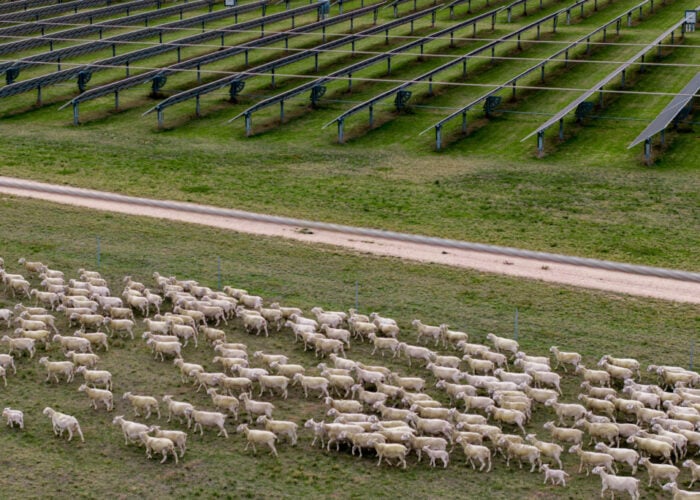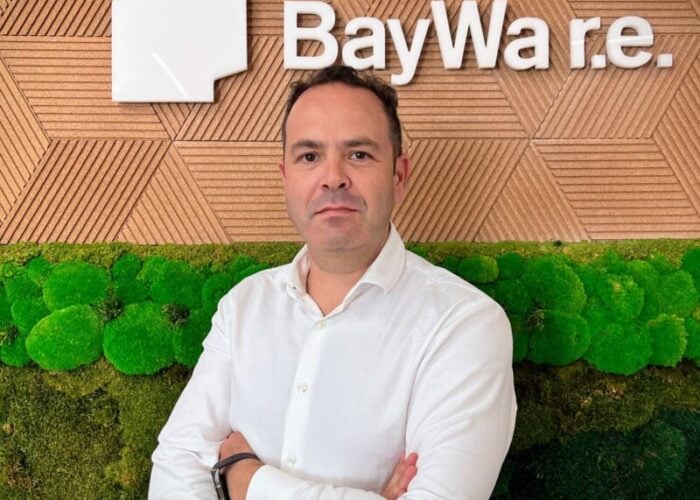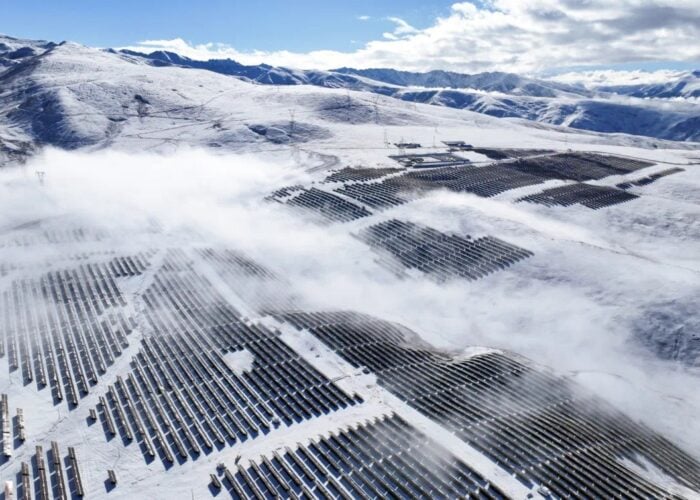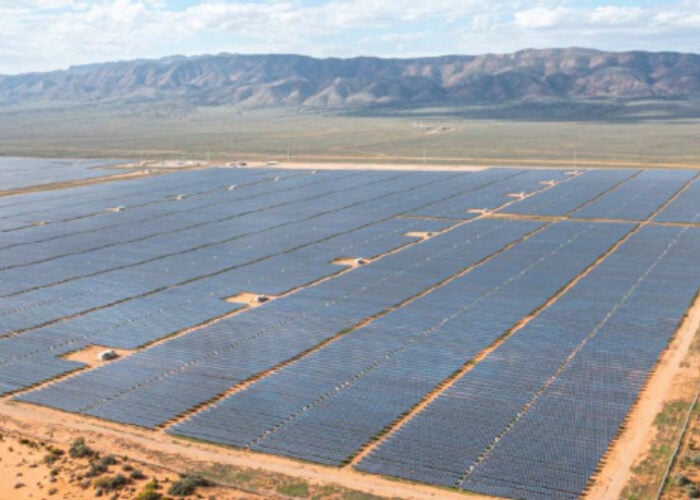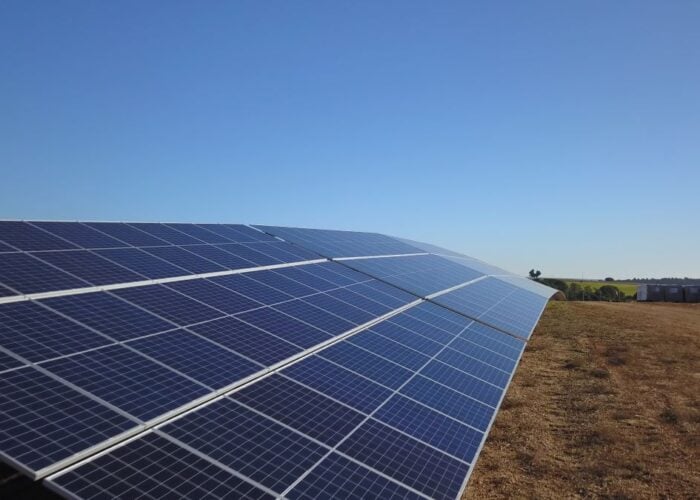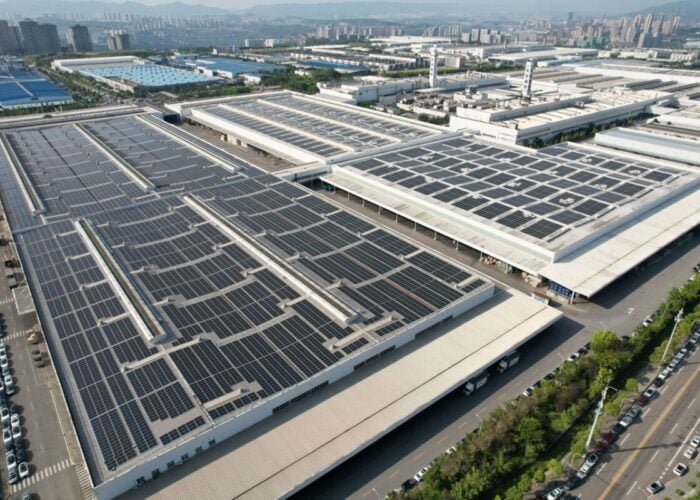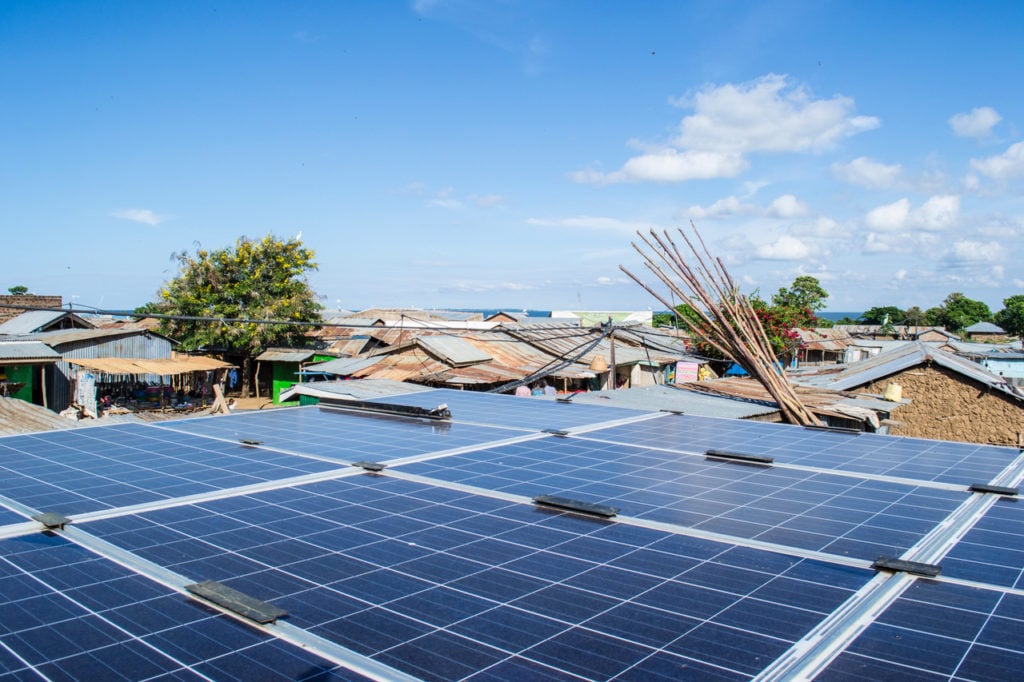
Open source foundation LF energy and Sony Computer Science Laboratories (Sony CSL) have launched a project to manage microgrids and automate peer-to-peer renewable energy distribution.
Called Hyphae, the project will distribute locally-produced renewable energy over a DC grid to be workable with AC Grids, aiming to make microgrids more resilient. The initiative builds on Sony CSL’s existing Autonomous Power Interchange System software, which works with distributed energy on DC grids. It is hoped the end result would be an interoperable microgrid that can be connected to the distribution network when necessary, but is also operational off-grid.
Unlock unlimited access for 12 whole months of distinctive global analysis
Photovoltaics International is now included.
- Regular insight and analysis of the industry’s biggest developments
- In-depth interviews with the industry’s leading figures
- Unlimited digital access to the PV Tech Power journal catalogue
- Unlimited digital access to the Photovoltaics International journal catalogue
- Access to more than 1,000 technical papers
- Discounts on Solar Media’s portfolio of events, in-person and virtual
Shuli Goodman, the founder and executive director of LF Energy, told PV Tech the industry needs to “fundamentally reimagine” how energy is distributed across power networks as more renewable resources come online.
Launched in 2019, LF energy is an offshoot of the Linux Foundastion, which partners with large entities to create open-source technology for utilities and grid operators, which they can then use to build their own solutions for managing new energy generation. Goodman said the project would likely begin in western US states and in Asia, as well as emerging markets with little and poor grid infrastructure.
At the moment, LF Energy is now also seeking a hardware partner for the project that would help to develop “common software layers” within Hyphae that would enable inoperability.
“We are looking for something that is closer to plug and play.”
Microgrids have proven successful in rural markets as an alternative to connecting to national grids, but have also started to be used in cities to protect from power outages. A Global Innovation report by Hitachi America predicted last year that there is likely to be 7,500MW of microgrid capacity and a market worth US$35,000 million within three years.
Goodman said that moving away from a large-scale grid model and towards decentralisation and peer-to-peer power trading could help to mitigate grid failures with wide-reaching consequences, such as the recent power-outages in Texas.
“What we want to be able to create are multiple fractal nodes, instead of having systems that are ‘too big to fail’”, she said.
“Today, we have to imagine all the various different scenarios that could happen and how to best protect and manage for that. The events like what had happened in Texas are extremely expensive.”

